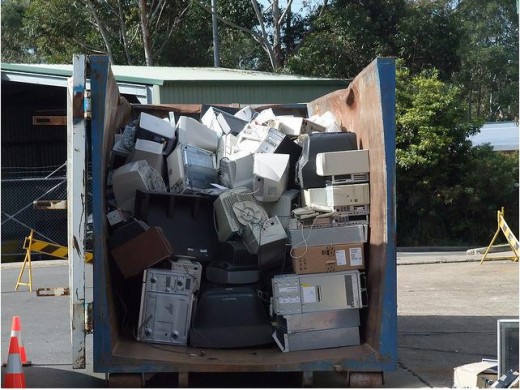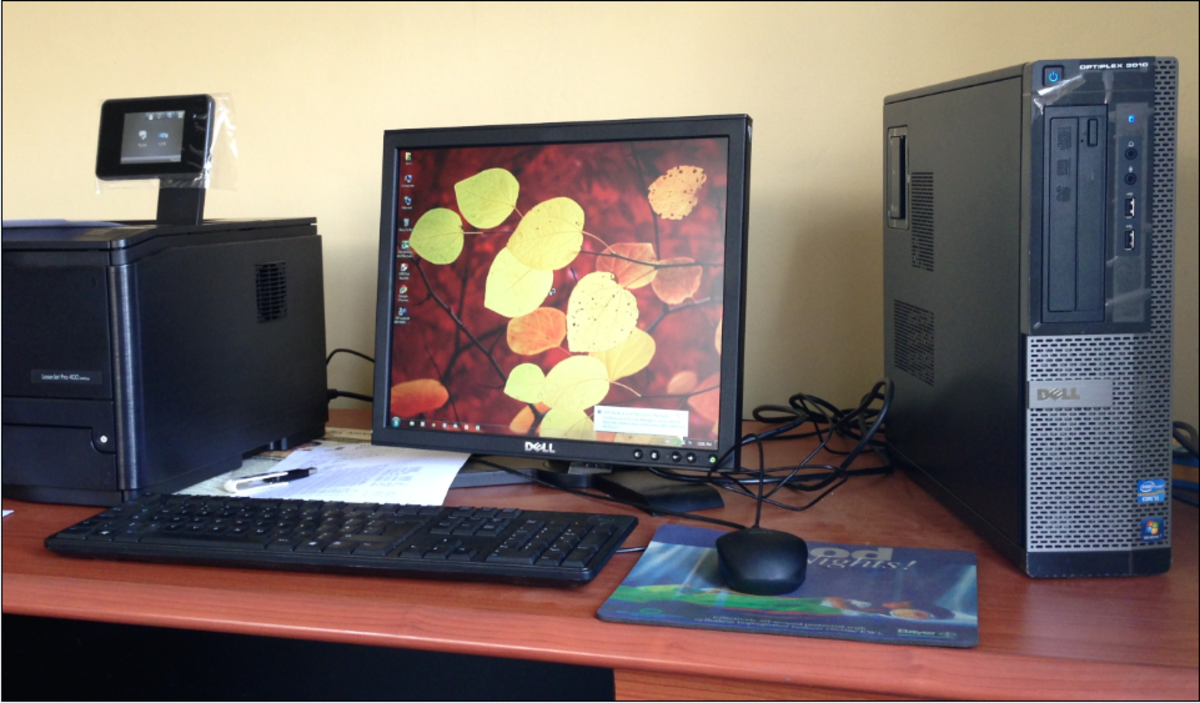Documentation for the Computer Recycler Provides a Paper Trail
Published:
So you just landed an engagement from a company to remove 100 scrap computers for recycling but the company wishes documentation before they release the computers. What documentation should the recycler provide?
When in doubt - document everything. A close associate of the author's was once involved in a civil litigation case and acted as his own attorney; not generally a wise move but he was none the less successful in winning the case. We discussed the proceedings and he mentioned that what struck him was that justice has no bearing in a civil case. The side with the most complete and accurate documentation wins; end of story.
With the goal of documenting everything in mind, the recycler should maintain the following documentation and provide it to clients upon request:
- transfers of ownership
- bills of sale
- bills of lading
- certifications of data destruction
- received device disposition reports

Ownership Documentation
The recycler must maintain records that demonstrate the right to possess any materials removed from a client company or individual. This type of documentation may include bills of lading, which list each received unit individually complete with a description, model number, and serial number when available. When the recycler buys the escrap computers from the company then a bill of sale is called for listing the same details as a bill of lading. A bill of sale transfers ownership to the recycler, whereas the bill of lading simply documents the recycler's right to possess the materials for transport. The client may in some cases own the equipment up to the time that a disposition report demonstrates that the equipment was recycled or otherwise disposed of.
Any documentation received from the company should be signed by an authorized representative of that company. The signature is necessary to demonstrate that the recycler received authorization from the company to remove the materials. Obtaining this documentation helps protect the recycler from allegations of theft or fraud.
Note: Very few individuals within an organization typically carry this authorization; the recycler must verify that the individual signing the forms are in fact authorized to provide the signatures.
Disposition and Disposal
When a computer is disassembled, the recycler should record the disposition of the complete assembly and each of the assembly’s components. For instance, if the recycler removes a processor chip to resell the chip as a working CPU, this action should be recorded and linked to the source device along with the method of sale and financial transactions associated with the sale. If the recycler lists the item on eBay, the recycler should document the eBay item number, who won the auction, and the amount the winning bidder paid for the CPU.
Components added to a scrap bin should be recorded along with the final destination of the bin’s components, where each component was obtained and the percentage of the bin’s contents acquired from a particular company. This information will be necessary to settle any profit sharing arrangements.
When sending materials to a refiner, a complete listing of the individual materials sent to the refiner should accompany the shipment along with a statement indicating that an itemized listing of the material sources would be available upon request. This type of documentation provides a paper trail that will help settle any future disputes or litigation. Maintaining a paper trail protects the recycler and any client companies that provide sources for scrap.
Some manufacturers maintain records of the owners of devices for warranty and support issues. These records link owners back to the devices and can be used to track down the owner of record for a device. Some escrap computers’ components and electronics are classified as toxic or hazardous waste and companies owning those devices may require assurances from the recycler that those devices or components of those devices will not wind up in landfills. Maintaining disposition records will help the recycler demonstrate to those companies that scrap devices or components were not simply sent to the dump.
A good faith effort to provide documentation back to the companies that supply escrap devices and materials to the recycler will demonstrate the professionalism of the recycler to the company and help establish trust for future transactions.
Certification of Data Destruction
Some escrap components, such as hard drives, USB drives, digital cameras, etc. may contain sensitive information that the client demands protection for. In many cases, the only alternative to adequately protect the data on a device is to physically destroy the device. The destruction should be documented and reported to the client.
Devices that require data destruction should be listed on the original receipt documentation, such as the bill of lading. The client should inform the recycler which devices require data protection services when those devices are transferred; stipulating that the recycler destroy the devices, document the destruction, and provide a disposition report back to the client noting the destruction. The disposition report should then identify the devices by model number,and serial number along with a notation specifying the method for destruction.
Note: adequately destroying devices such as hard drives requires the drive to be disassembled and the platters shredded or melted.








